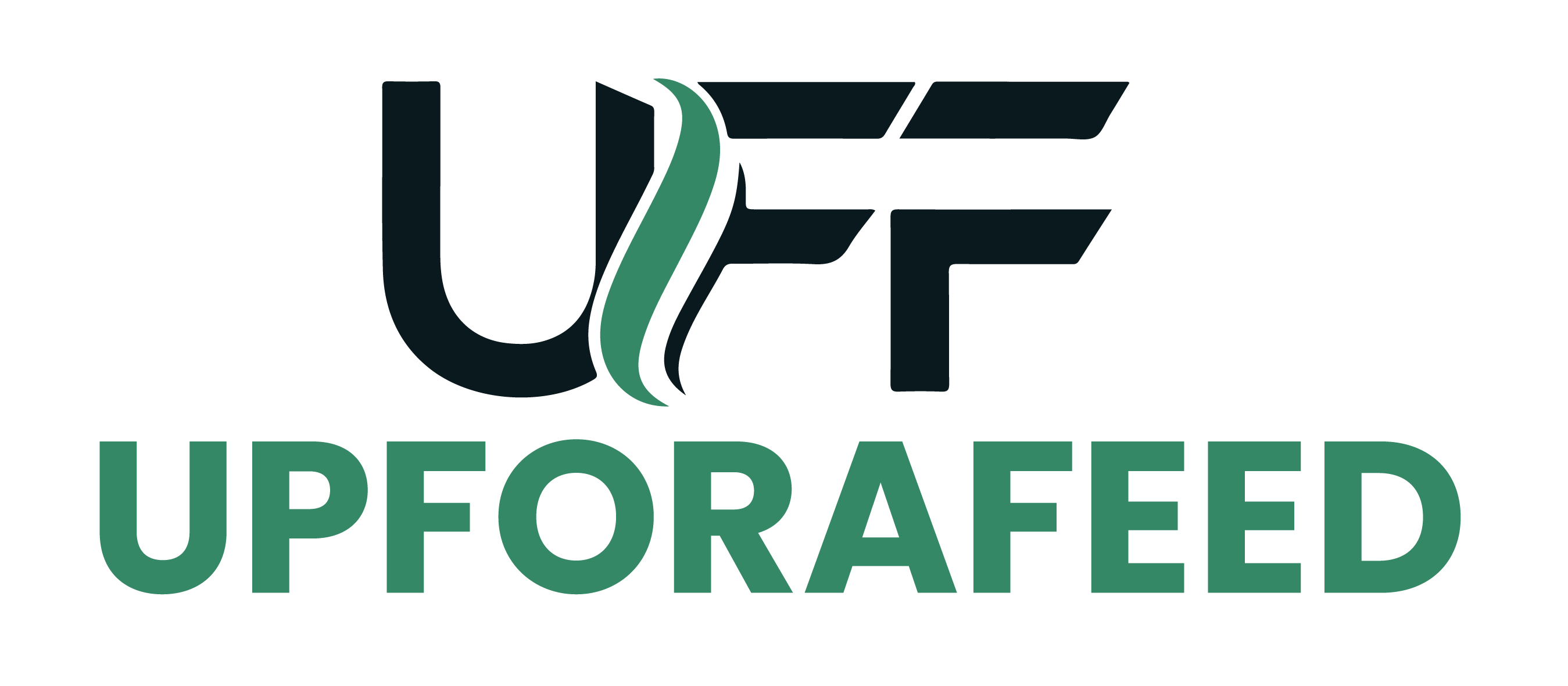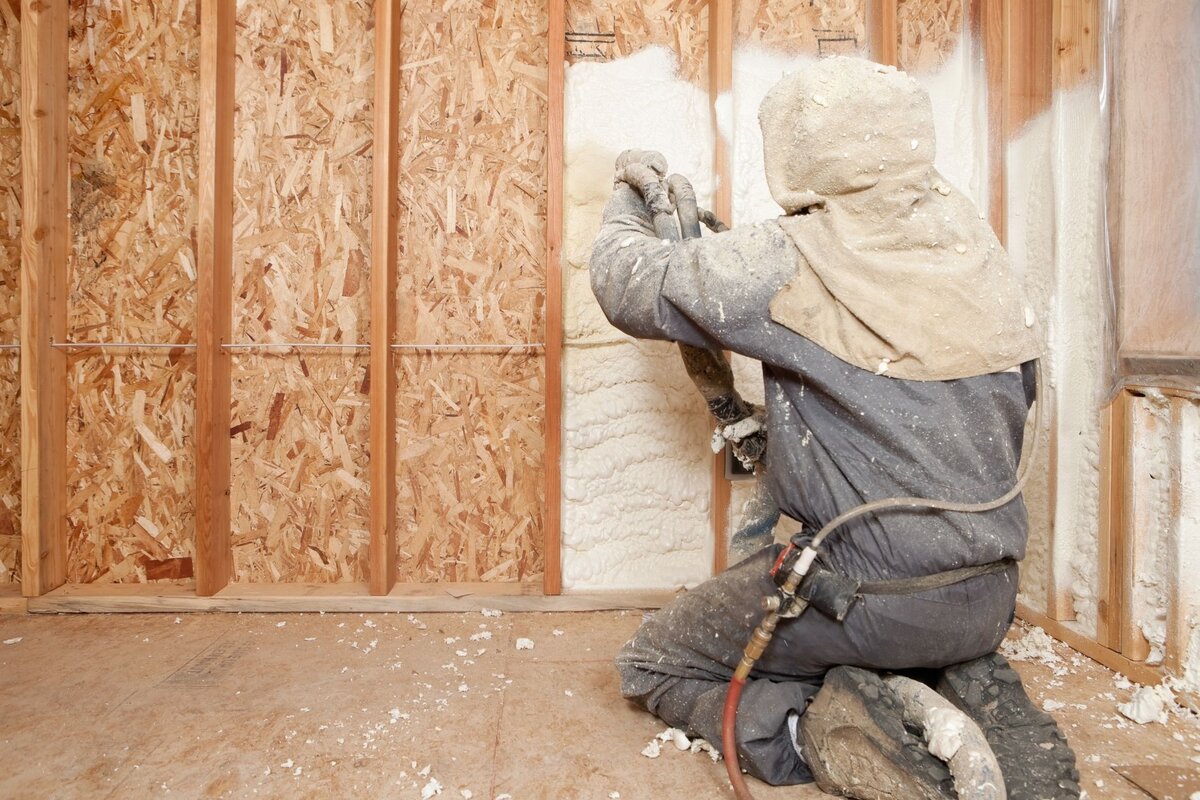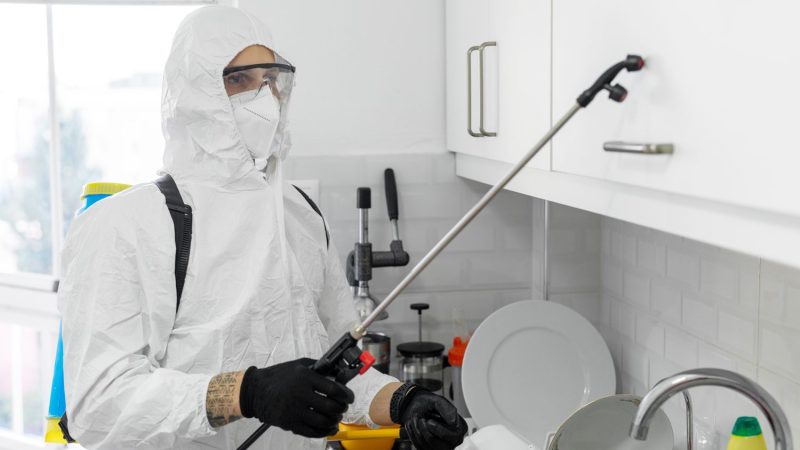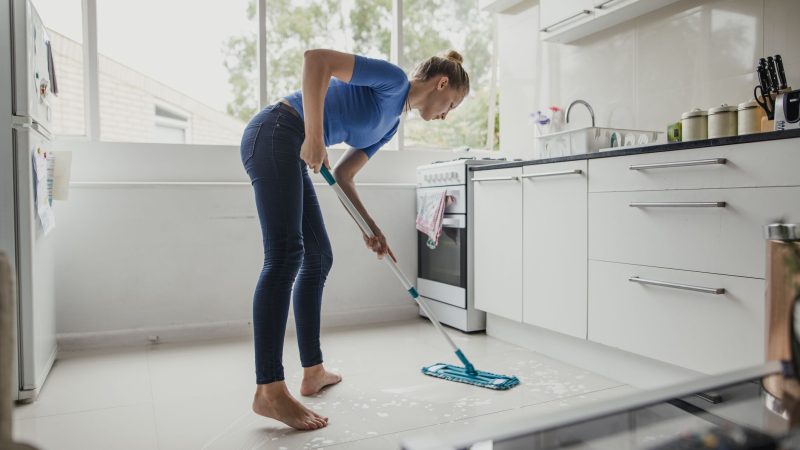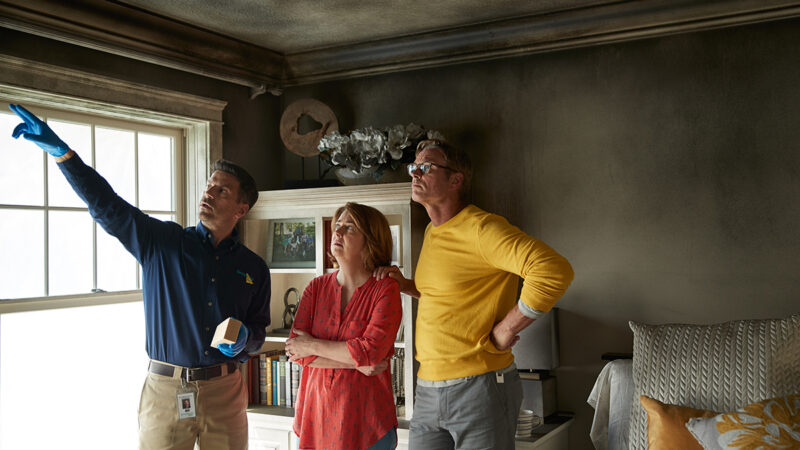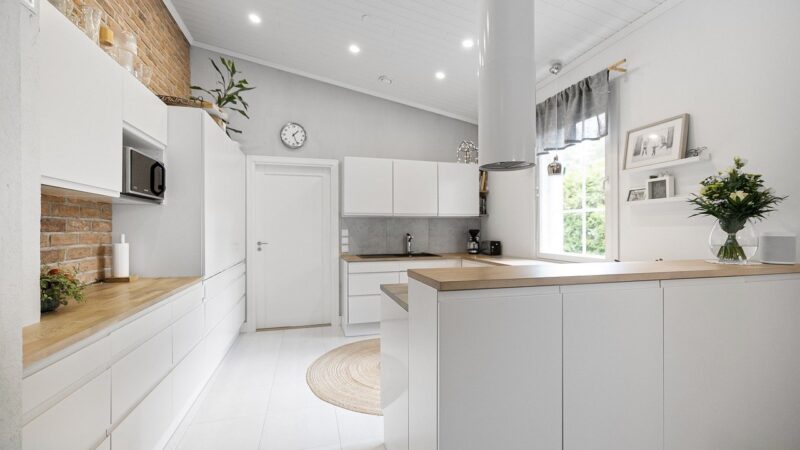As the demand for sustainable living grows, homeowners and builders alike are turning toward energy-efficient and net-zero building practices. A fundamental prerequisite for realizing these objectives is the implementation of effective thermal insulation. One method that has gained increasing traction is blown-in insulation—a loose-fill insulation technique that significantly enhances a home’s thermal performance. In warm, humid climates like Florida, providers such as American Insulation blown in insulation Fort Myers have seen rising interest in this solution due to its ability to complement energy-efficient home designs.
Understanding Blown-In Insulation: The Basics
Blown-in insulation, sometimes referred to as loose-fill insulation, involves the use of small particles of insulating material—typically fiberglass, cellulose, or mineral wool—that are blown into attics, walls, and other cavities using a specialized machine. The resulting layer of insulation conforms to uneven surfaces and fills hard-to-reach spaces more effectively than traditional batt insulation.
The materials used in blown-in insulation are chosen for their high thermal resistance (R-value), fire resistance, and ability to reduce air infiltration. When applied properly, they create a continuous thermal barrier, minimizing heat transfer between indoor and outdoor spaces and increasing a building’s overall energy efficiency.
Energy Efficiency Through Air Sealing and Thermal Regulation
Blown-in insulation enhances energy efficiency through two primary mechanisms: mitigating air infiltration and minimizing thermal transference. Unlike rigid or rolled insulation, the loose-fill material flows into crevices, around piping, and into irregularly shaped areas. This coverage reduces unwanted air leaks, which are a common cause of energy loss in homes.
In warmer regions like Fort Myers, the insulation acts as a barrier to outdoor heat, helping maintain cooler indoor temperatures without overburdening air conditioning systems. In cooler seasons, it slows down heat loss, reducing the energy required for heating. This ability to regulate indoor temperatures results in lower utility bills and less strain on mechanical systems.
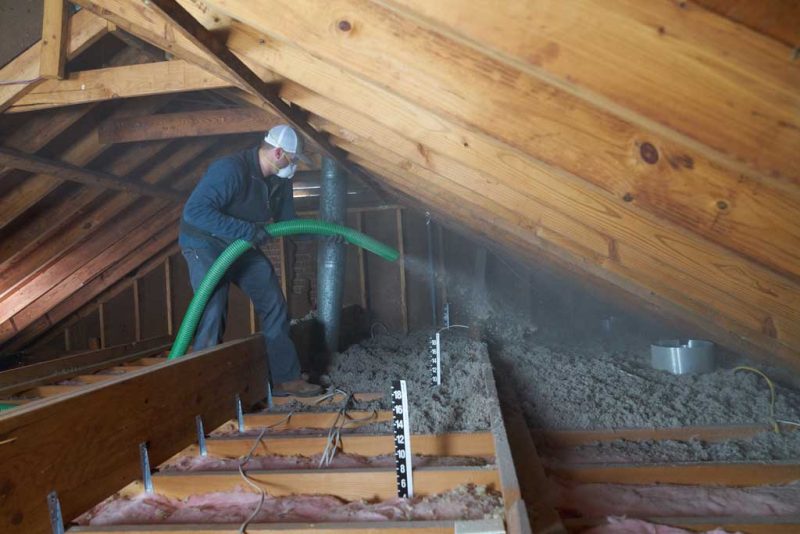
Supporting Net-Zero Home Goals
A net-zero energy dwelling is meticulously designed to equilibrate its yearly energy expenditure by leveraging alternative power modalities, most notably through the deployment of photovoltaic solar arrays. However, minimizing energy consumption through passive design strategies is just as important. Insulation plays a central role in this effort by reducing the amount of energy needed to heat and cool the home.
Blown-in insulation supports net-zero objectives by making the building envelope tighter and more thermally efficient. It complements other energy-saving features, such as energy-efficient windows, smart HVAC systems, and airtight construction. When integrated with renewable energy systems, the outcome is a dwelling that attains—or even surpasses—established net-zero energy performance benchmarks.
Environmental Considerations and Material Sustainability
In addition to thermal performance, some types of blown-in insulation, such as cellulose, are made from recycled materials, offering environmental benefits. Using recycled paper or plant-based fibers reduces the environmental impact of manufacturing and helps builders meet green building certification standards like LEED or ENERGY STAR.
Additionally, because blown-in insulation is typically added to existing structures without major demolition, it contributes to sustainability through reduced construction waste and lower resource use during installation.
Practical Considerations for Builders and Homeowners
Builders who aim to meet energy efficiency goals or achieve certifications for green building must often meet specific R-value requirements. Blown-in insulation allows for easy adjustment of material depth to meet these requirements without redesigning the structure. For homeowners, it’s a relatively non-invasive upgrade that yields long-term savings and increased comfort.
Proper installation, however, is key. Factors such as insulation density, settling over time, and ventilation balance must be considered to ensure long-lasting performance. Regular inspection and maintenance are recommended to ensure continued alignment with net-zero and efficiency goals.
Long-Term Value in Sustainable Construction
In the broader context of sustainable construction and energy-efficient design, blown-in insulation offers an effective, flexible, and cost-efficient strategy. Whether part of a new build or a retrofit, it enhances thermal performance, supports environmental responsibility, and moves homes closer to the net-zero standard. In regions with demanding climates, such as Fort Myers, solutions like American Insulation blown in insulation Fort Myers are helping homeowners take meaningful steps toward a more efficient and sustainable future.
